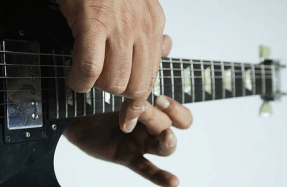
THE 1970S CONSTITUTE classic rock’s grittiest and perhaps most prized decade. With the dawn of 2020, it also became a decade full of half-century milestones, with 1973 the current epoch du jour. In addition to herculean releases like Pink Floyd’s The Dark Side of the Moon [see July 2023], Led Zeppelin’s Houses of the Holy [see March 2023] and the Who’s Quadrophenia, the Allman Brothers Band’s Brothers and Sisters album ascended the charts, despite the band’s considerable personnel challenges. With the group still reeling from the tragic loss of bassist Berry Oakley during the recording process — his demise was eerily reminiscent of guitarist Duane Allman’s monumental passing only one year earlier — guitarist Dickey Betts took the reins and led the band into what would be its most commercially successful era.
The band recorded the album’s tracks between October and December 1972, with the help of Chuck Leavell onReleased in August 1973 on Capricorn Records, went on to sell more than seven million copies, making it the ABB’s all-time best-selling album. At this juncture, Betts assumed an unofficial leadership role and wrote more than half the songs on . In doing so, the guitarist-vocalist augmented the band’s groundbreaking amalgamation of rock, blues and jazz with country music elements, most notably on songs like the Dobro-driven “Pony Boy” and the autobiographical “Ramblin’ Man.” The latter validated the shift as “Ramblin’ Man” would go on to reach number two on the Hot 100 and become a beloved southern rock anthem.


